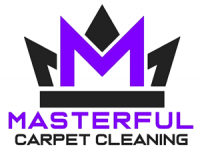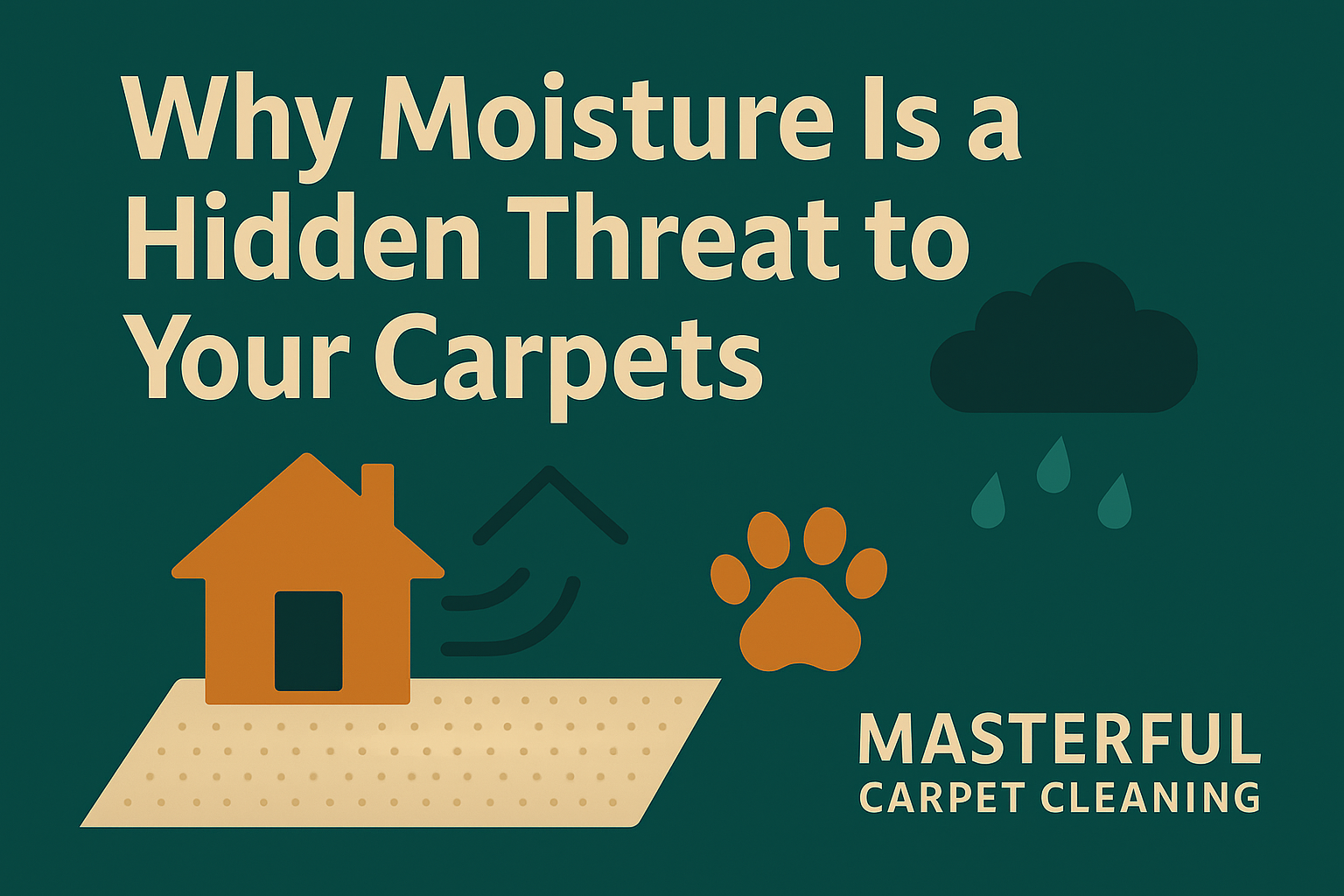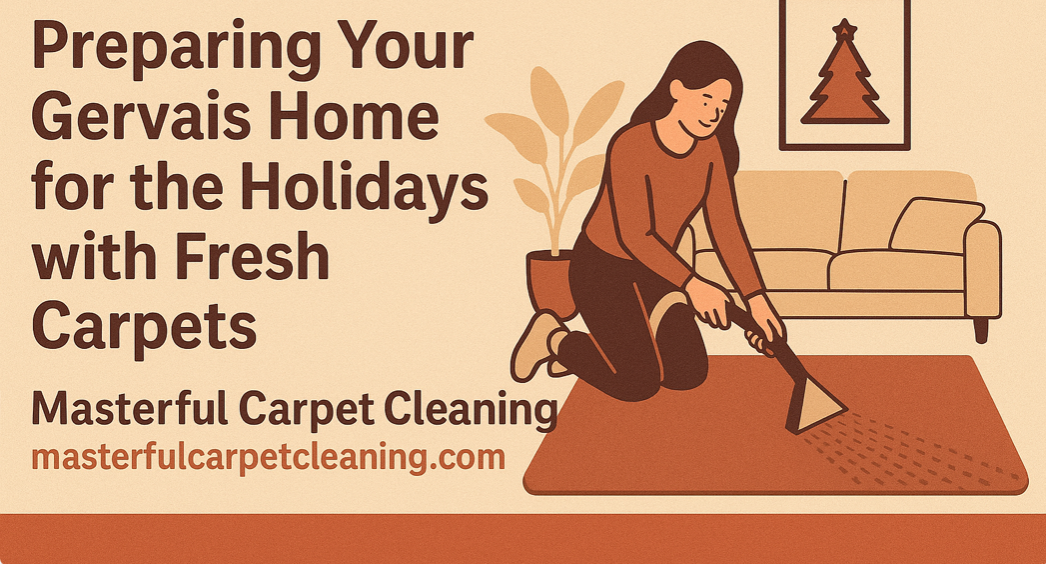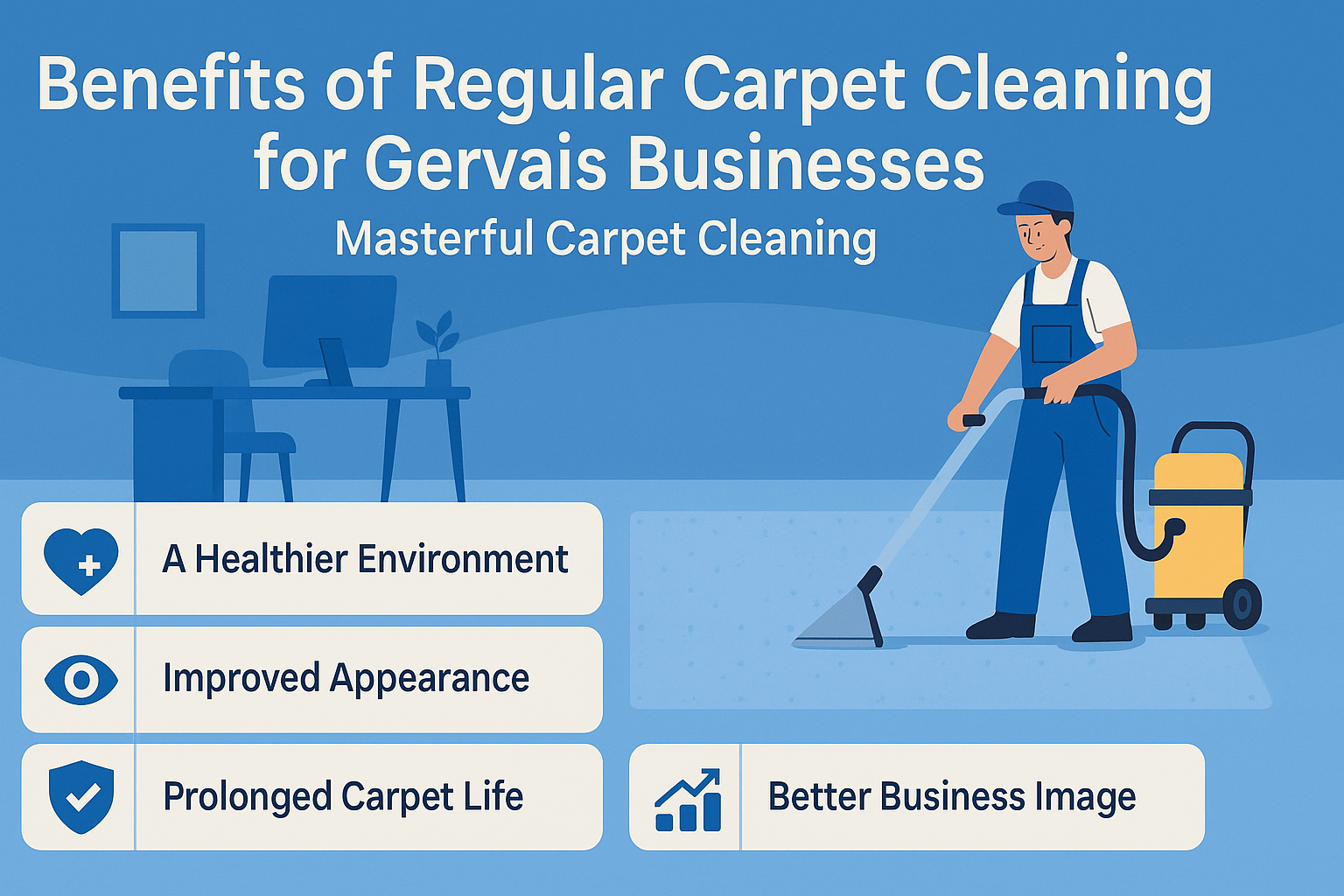Protecting Your Carpet’s Warranty: Maintenance Tips That Comply with Manufacturer Guidelines

Adhering to manufacturer guidelines is important for safeguarding your carpet’s warranty. It ensures that your investment is protected and that you can claim coverage for any defects or issues arising from manufacturing faults or premature wear.
A carpet warranty is a promise from the manufacturer that the carpet will perform as expected under normal use conditions. It typically covers defects in materials and workmanship and may include protection against wear, staining, and fading. The warranty is important because it provides peace of mind and financial protection, ensuring that any problems that arise are addressed without additional costs to the consumer.
Carpet Warranties
Carpet warranties are agreements that outline the conditions under which a manufacturer will repair or replace a carpet. They ensure that consumers are protected against defects and premature wear, offering coverage that can vary significantly between different types of warranties.
Common Terms and Conditions:
- Wear Warranty: Covers substantial loss of pile fiber or pile weight, often defined as a 10% loss. This type of warranty ensures that the carpet will not wear out prematurely under normal conditions.
- Stain and Soil Warranty: Protects against stains that cannot be removed by professional cleaning, but does not cover soiling, which is the accumulation of dirt over time.
- Texture Retention Warranty: Guarantees that the carpet will maintain its original texture and appearance under normal use, protecting against issues like matting and crushing.
- Fade Resistance Warranty: Ensures that the carpet will not significantly fade due to sunlight or pollutants, maintaining its color and appearance over time.
Coverage Details
Carpet warranties typically cover defects in materials and workmanship, provided that the carpet is maintained according to the manufacturer’s guidelines. Coverage details can vary, including specific conditions that must be met to keep the warranty valid.
Duration of Warranty
The length of carpet warranties can range from 10 to 25 years, depending on the quality and type of carpet. Higher-end carpets often come with longer warranties.
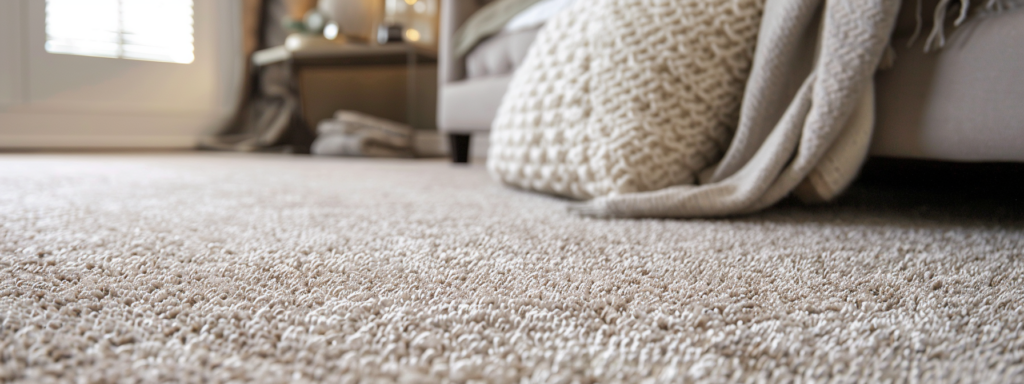
Complying with Manufacturer Guidelines
Not following the manufacturer’s maintenance guidelines can void your warranty. This includes using non-approved cleaning methods, neglecting regular maintenance, or failing to document cleaning activities.
Warranty Claims Being Denied Due to Improper Maintenance
Many warranty claims are denied because consumers do not follow the required cleaning schedules or use unapproved products. For example, using a non-recommended cleaning solution can lead to warranty voidance, as can failing to get the carpet professionally cleaned at specified intervals.
By adhering to the terms and conditions of your carpet’s warranty, you can ensure that your carpet remains covered against defects and premature wear. This involves regular maintenance, using approved products, and keeping detailed records of all cleaning activities. This not only preserves the appearance and longevity of your carpet but also protects your financial investment.
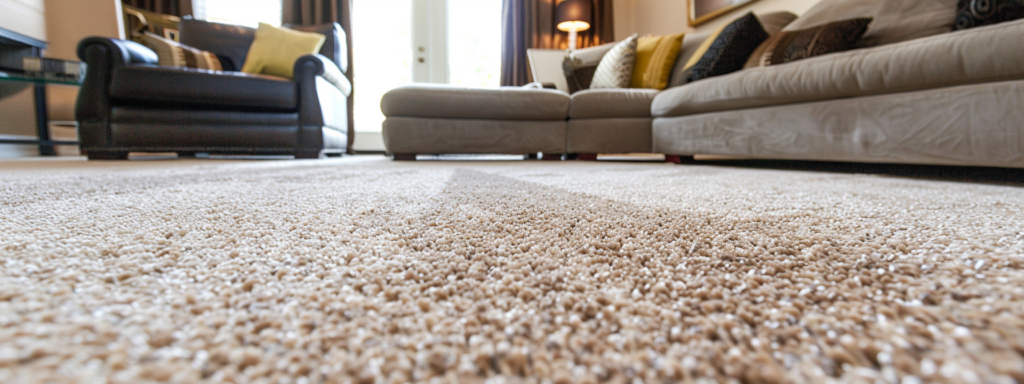
Regular Maintenance Practices
Regular vacuuming is essential for maintaining the appearance and longevity of your carpet. The frequency and techniques vary depending on the type of carpet and the amount of foot traffic it receives.
- How Often to Vacuum Different Carpet Types:
- High-Traffic Areas: Vacuum daily or at least three times a week to remove dirt and debris that can damage the carpet fibers.
- Medium-Traffic Areas: Vacuum twice a week to maintain cleanliness and prevent dirt accumulation.
- Low-Traffic Areas: Vacuum once a week to keep the carpet looking fresh and clean.
- Recommended Vacuum Types for Various Carpets:
- Cut Pile Carpets: Use an upright vacuum with a beater bar or brush for effective dirt removal.
- Loop Pile Carpets: Choose a vacuum with suction only, as a beater bar can cause the loops to fray.
- Plush Carpets: Use a vacuum with adjustable height settings to prevent the carpet from being damaged by the vacuum’s brush roll.
Spot Cleaning
Immediate action is important when dealing with spills and spots on your carpet. Prompt and proper spot cleaning can prevent stains and maintain the carpet’s appearance.
- Safe Cleaning Solutions:
- White Vinegar Solution: Mix equal parts white vinegar and water for a safe and effective spot cleaner.
- Commercial Carpet Cleaners: Use products that are specifically designed for carpets and approved by the manufacturer.
- Effective Spot Cleaning Methods:
- Blotting Technique: Gently blot the spill with a clean cloth or paper towel, starting from the outside and working towards the center to prevent spreading.
- Rinsing and Drying: After blotting, rinse the area with clean water and blot again to remove any remaining cleaning solution. Dry the area thoroughly to prevent mold and mildew growth.
Professional Cleaning
Professional carpet cleaning involves the use of specialized equipment and cleaning solutions by trained technicians to deep clean and remove embedded dirt and stains from carpets.
- Recommended Frequency for Professional Cleaning:
- High-Traffic Areas: Every 6 to 12 months to maintain appearance and ensure deep cleaning.
- Medium-Traffic Areas: Every 12 to 18 months to keep the carpet in good condition.
- Low-Traffic Areas: Every 18 to 24 months, depending on usage and visible dirt.
- Criteria for Selecting a Professional Cleaner:
- Certifications and Training: Choose cleaners certified by organizations like the Institute of Inspection, Cleaning and Restoration Certification (IICRC) to ensure they have the proper training and expertise.
- Equipment and Techniques: Ensure the cleaner uses modern, high-quality equipment and follows the manufacturer’s recommended cleaning methods.
- References and Reviews: Check for positive reviews and references from previous customers to gauge the quality of service provided.
Regular maintenance practices, including proper vacuuming, immediate spot cleaning, and scheduled professional cleaning, are essential for preserving the appearance and longevity of your carpet. Adhering to these practices not only keeps your carpet looking its best but also ensures that you remain in compliance with the manufacturer’s warranty requirements.
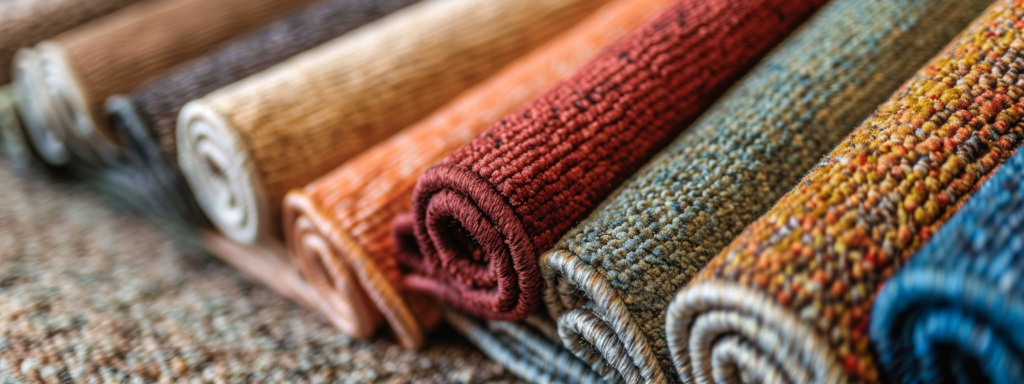
Manufacturer Specific Requirements
Understanding your carpet warranty is important for ensuring that you meet all the necessary conditions to keep the warranty valid. Here’s how to review your warranty document effectively.
- Key Sections to Focus On:
- Coverage Details: Know what is and isn’t covered, including wear, staining, texture retention, and fade resistance.
- Maintenance Requirements: Pay attention to specific maintenance routines required to keep the warranty valid, such as frequency of vacuuming and professional cleaning schedules.
- Exclusions and Limitations: Be aware of any exclusions, such as damage caused by pets, improper installation, or using unapproved cleaning products.
- Tips for Interpreting Technical Terms:
- Wear: Often defined as a significant loss of pile fiber, typically 10% or more.
- Stain and Soil Protection: Differentiates between stains (permanent color changes) and soil (accumulated dirt), with specific cleaning methods required for each.
- Texture Retention: Refers to the carpet’s ability to maintain its original appearance and feel under normal use conditions.
Approved Cleaning Products and Methods
Manufacturer approved products and methods are those specifically recommended by the carpet manufacturer to clean and maintain the carpet without voiding the warranty.
- Approved Cleaning Products:
- Mild Detergents: Non-bleach, pH-neutral cleaners that are safe for most carpet types.
- Enzyme Cleaners: Products designed to break down organic stains like pet urine, which are safe and effective for carpets.
- Correct Cleaning Techniques Demonstrated:
- Blotting Technique for Spills: Always blot spills with a clean cloth rather than rubbing, which can push the stain deeper into the fibers.
- Regular Deep Cleaning: Use hot water extraction or steam cleaning methods approved by the manufacturer to remove deep-seated dirt and residues.
Documentation and Record Keeping
Keeping detailed records of your carpet maintenance activities is essential for validating warranty claims. Here’s how to document and store this information effectively.
- How to Document Maintenance Activities:
- Receipts from Professional Cleanings: Keep all receipts from professional carpet cleaners to prove compliance with recommended cleaning schedules.
- Maintenance Logs: Maintain a log that records all cleaning activities, including the date, type of cleaning, and products used.
- Effective Methods for Storing Information:
- Digital Records: Scan and store receipts and maintenance logs electronically in a dedicated folder on your computer or cloud storage for easy access and backup.
- Physical Records: Keep a dedicated folder or binder for all warranty-related documents, receipts, and maintenance logs in a safe place where they can be easily retrieved when needed.
Adhering to manufacturer-specific requirements involves understanding your warranty document, using approved cleaning products and methods, and keeping meticulous records of all maintenance activities.
These practices not only help in maintaining your carpet’s appearance and longevity but also ensure that your warranty remains valid, providing peace of mind and financial protection.
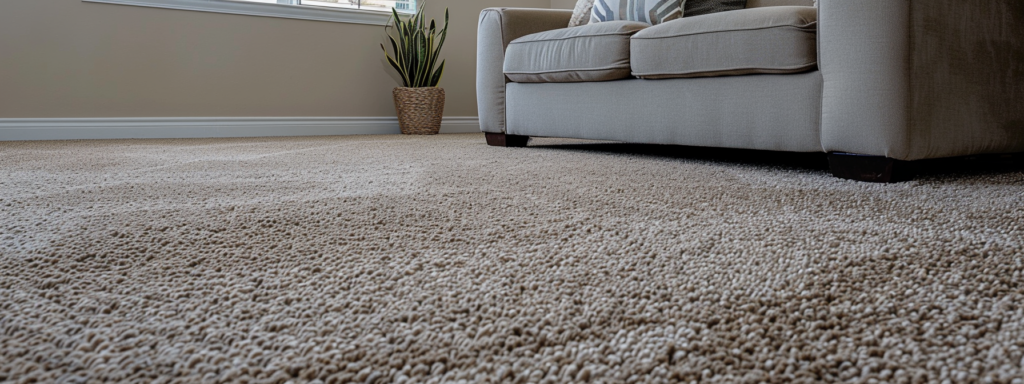
Preventive Measures to Extend Carpet Life
Use of Entry Mats
Entry mats help trap dirt and moisture before they reach your carpet, significantly extending its life and maintaining its appearance.
- Types of Mats:
- Scraper Mats: Placed outside entrances to remove larger dirt particles and debris from shoes.
- Wiper Mats: Placed just inside the door to absorb moisture and finer dirt particles.
- Combination Mats: Provide both scraping and wiping functions, offering comprehensive protection against dirt and moisture.
- Best Placement for Mats:
- Exterior Doors: Place scraper mats outside all exterior doors to catch dirt before it enters your home.
- Interior Entrances: Use wiper mats inside entryways to absorb moisture and trap any remaining dirt.
- High-Traffic Areas: Consider placing mats in high-traffic areas like hallways and in front of frequently used doors to further protect your carpet.
Furniture Placement and Movement
Properly placing and moving furniture can prevent indentations and damage to your carpet, ensuring it remains in good condition over time.
- Using Furniture Coasters and Pads:
- Coasters: Place under the legs of heavy furniture to distribute weight and prevent indentations.
- Pads: Use felt pads under furniture to allow easy movement and reduce pressure on the carpet fibers.
- Safe Techniques for Moving Furniture to Avoid Carpet Damage:
- Lift, Don’t Drag: Always lift furniture when moving it to avoid tearing or stretching the carpet.
- Use Furniture Sliders: If lifting is not possible, use sliders to move furniture smoothly without causing damage.
- Rearrange Regularly: Periodically rearrange furniture to prevent long-term pressure marks and distribute wear evenly across the carpet.
Area Rugs and Runners
Strategically using area rugs and runners in high-traffic areas can protect your carpet from excessive wear and tear, preserving its appearance and extending its lifespan.
- Benefits of Area Rugs in High-Traffic Areas:
- Protection: Area rugs absorb the impact of foot traffic, reducing wear on the underlying carpet.
- Style: They add an aesthetic element to your home, allowing for design flexibility.
- Safety: Rugs can provide a non-slip surface, reducing the risk of slips and falls in busy areas.
- Care and Maintenance Tips for Area Rugs:
- Regular Cleaning: Vacuum area rugs frequently to remove dirt and debris that can migrate to the carpet.
- Rotate Rugs: Periodically rotate rugs to ensure even wear and prevent specific areas from becoming overly worn.
- Use Rug Pads: Place non-slip pads under area rugs to keep them in place and provide additional cushioning, which can protect both the rug and the carpet beneath.
Implementing these preventive measures using entry mats, properly placing and moving furniture, and strategically placing area rugs and runners can significantly extend the life of your carpet. These steps help maintain your carpet’s appearance and functionality, ensuring it continues to enhance your home for years to come.

Common Mistakes to Avoid
Using the Wrong Cleaning Products
Using improper cleaning products on your carpet can cause significant damage and potentially void your warranty. It’s important to know the risks associated with these products.
- Harmful Substances:
- Bleach: While effective for disinfecting, bleach can cause discoloration and weaken carpet fibers.
- Harsh Chemicals: Products containing high levels of acids or alkaline substances can deteriorate the carpet’s backing and fibers.
- Over-the-Counter Spot Removers: Some spot removers may leave residues that attract dirt, worsening stains over time.
- Negative Impact on Carpet and Warranty:
- Fiber Damage: Harsh chemicals can break down the fibers, leading to fraying and premature wear.
- Color Fading: Bleach and other strong chemicals can cause fading or uneven coloration.
- Warranty Voidance: Using non-approved products can void the warranty, leaving you unprotected against defects.
Ignoring Stains and Spills
Promptly addressing stains and spills is imperative to maintaining the appearance and integrity of your carpet. Ignoring them can lead to permanent damage.
- Long-Term Effects of Untreated Stains:
- Permanent Staining: Stains that are not promptly treated can set into the fibers, becoming difficult or impossible to remove.
- Odor Development: Untreated organic spills can lead to unpleasant odors as they break down over time.
- Fiber Deterioration: Certain spills can weaken the carpet fibers, leading to fraying and damage.
- Tips for Prompt Stain Removal:
- Blot, Don’t Rub: Gently blot the spill with a clean cloth to absorb as much liquid as possible without spreading it.
- Use Appropriate Cleaners: Apply manufacturer-approved cleaning solutions to treat the stain effectively without damaging the carpet.
- Rinse and Dry: After cleaning, rinse the area with clean water and blot dry to remove any residual cleaner and prevent mold growth.
Failure to Follow Professional Cleaning Schedules
Adhering to professional cleaning schedules is essential for maintaining your carpet’s warranty and prolonging its lifespan. Regular professional cleanings remove deep-seated dirt and residues that regular vacuuming cannot address.
- Risks of Neglecting Professional Cleanings:
- Embedded Dirt: Without professional cleaning, dirt and debris can become deeply embedded in the carpet fibers, causing wear and deterioration.
- Allergen Accumulation: Carpets can trap allergens and bacteria, which professional cleaning helps to eliminate, promoting a healthier indoor environment.
- Warranty Issues: Many warranties require periodic professional cleanings to remain valid. Failure to comply can result in the warranty being voided.
- Recommended Frequency for Different Carpet Types:
- High-Traffic Areas: Every 6 to 12 months to ensure thorough cleaning and maintenance.
- Medium-Traffic Areas: Every 12 to 18 months, depending on usage and visible dirt.
- Low-Traffic Areas: Every 18 to 24 months to maintain carpet condition and longevity.
Avoiding these common mistakes is key to maintaining the appearance and durability of your carpet. By using the right cleaning products, promptly addressing stains, and adhering to professional cleaning schedules, you can ensure that your carpet stays in excellent condition and your warranty remains intact.
Author
-

As the Co-Owner of Masterful, Randy has been providing quality cleaning services to the Salem and Portland areas of Oregon for many years. He has built a reputation for excellence in the industry. His team take prides in using the latest cleaning techniques and technologies to deliver exceptional results every time.
View all posts
